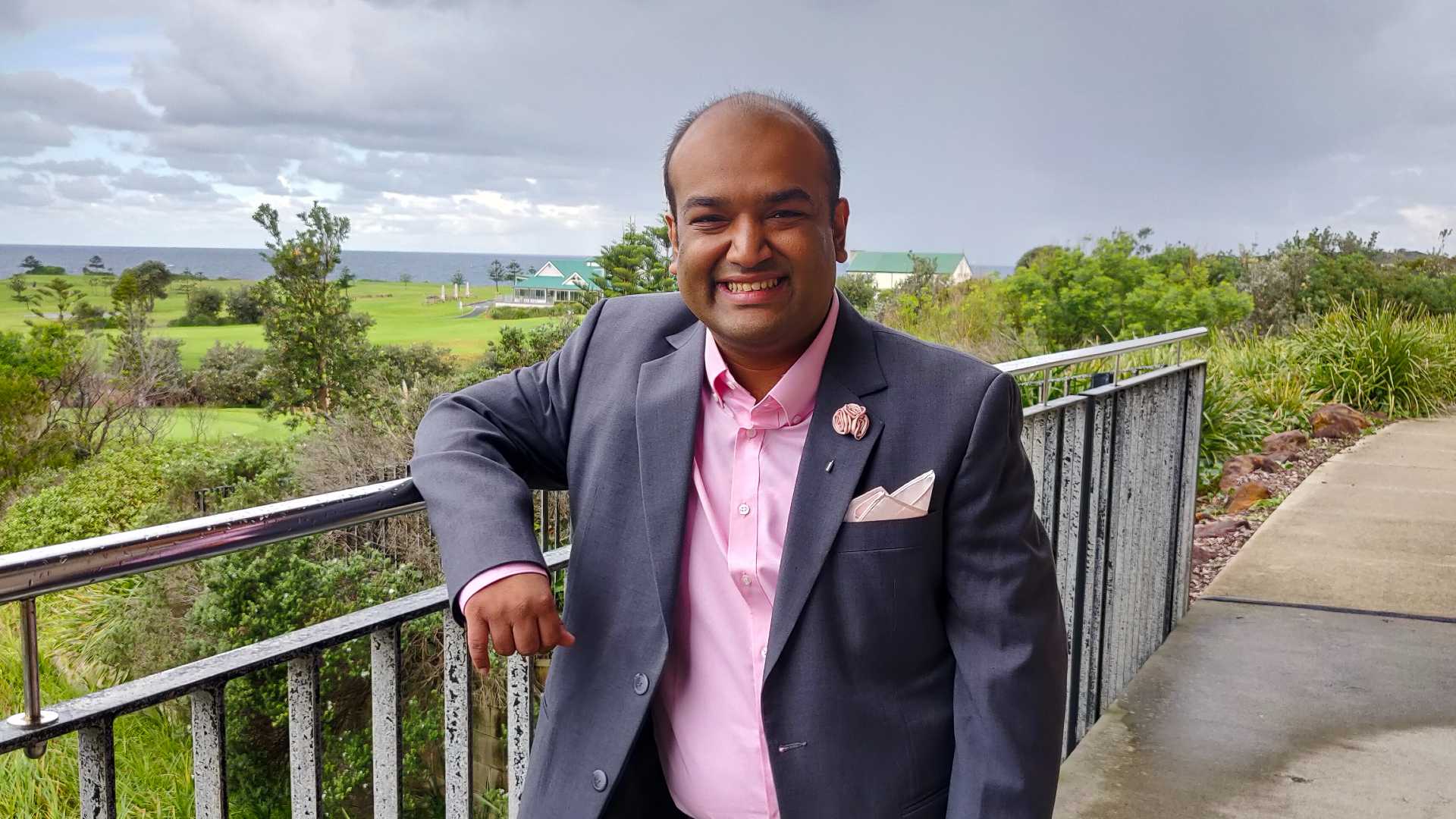November 21, 2022
APQRC Welcomes Obaidur Rahman to the team
The Australian Power Quality & Reliability Centre (APQRC) is thrilled to welcome Obaidur Rahman to our team. Obaidur is a University of Wollongong Dean’s Scholar Graduate and is finalising his PhD at the APQRC under the supervision of Associate Professor Duane Robinson, Mr Sean Elphick and Professor Sarath Perera.
Obaidur was motivated to join the because of the centre’s high involvement with the power industry and excellent work environment. Originating from Bangladesh, Obaidur joined the University of Wollongong in 2014. He was awarded the APQRC Best Student Prize in 2015 and continued to be involved with the APQRC through multiple Engineering and Information Sciences (EIS) summer scholarships with Technical Director, Duane Robinson in 2015, and Research Coordinator, Sean Elphick in 2017. Eventually, Duane and Sean would go on to be Obaidur’s PhD supervisors.
Obaidur’s thesis focused on broadening our understanding of, and providing solutions to, voltage regulation issues in Photovoltaic (PV) rich low-voltage (LV) residential distribution networks. Australia has seen rapid uptake in solar PV over the last 10 years, with over 1 in every 5 houses in Australia now having a rooftop PV system. This rise in solar PV installations has been driven by government subsidies and high feed-in tariffs offered by energy retailers. Although PV-based Distributed Energy Resources (DERs) reduce the amount of power consumed by fossil fuel powered power stations, they often create technical challenges in terms of operation of LV distribution networks which can also transferred to the upstream Medium-Voltage (MV) and High-Voltage (HV) networks.
To analyse these problems, Obaidur proposed two main LV voltage regulation mitigation solutions: application of distribution STATCOMs; and utilisation of model predictive control (MPC) based community energy storage (CES). The STATCOM-based solution requires no sophisticated communication infrastructure, and the CES-based solution explores a modern optimal objective-based solution requiring centralised control. The demand and penetration level of rooftop solar PV generation determines the size of the STATCOM for any general LV feeder. So, to quantify the impact of his proposed mitigation solutions, Obaidur developed an analysis tool to appropriately model modern regulation techniques often used by DNSPs such as Volt-Watt, Volt-VAr and rule-based CES. In doing so, he provided a benchmark for comparison of his proposed voltage regulation methods. Obaidur is currently at the end of his PhD journey and will submit his thesis any day now. We wish him the best of luck.
More broadly, Obaidur’s research interests are the study of power quality issues as the energy mix in power networks transforms due to the rise of renewable energy. For Obaidur, it is very important to see the practical application of his work to create a positive impact on the world. Integration of renewables is a key issue for government and industrial stakeholders, and his findings form the basis for distribution network operation and design for DNSPs to aid in preparation for future scenarios with high levels of renewable energy entering the grid.
At the APQRC, Obaidur is currently working on a consumer appliance testing and modelling project, where he is developing load models for the Australian Energy Market Operator (AEMO) so that they can better manage the modern, renewable energy rich, power system. Outside of his research at the APQRC, Obaidur is a tutor and laboratory demonstrator at the University of Wollongong in the EIS faculty. He will also be joining Jason David’s award-winning harmonics research shortly.
We look forward to working more with Obaidur in the future and are very happy to have him on our team. To keep up to date with our studies, and staff members, be sure to sign up for our e-Newsletter.
